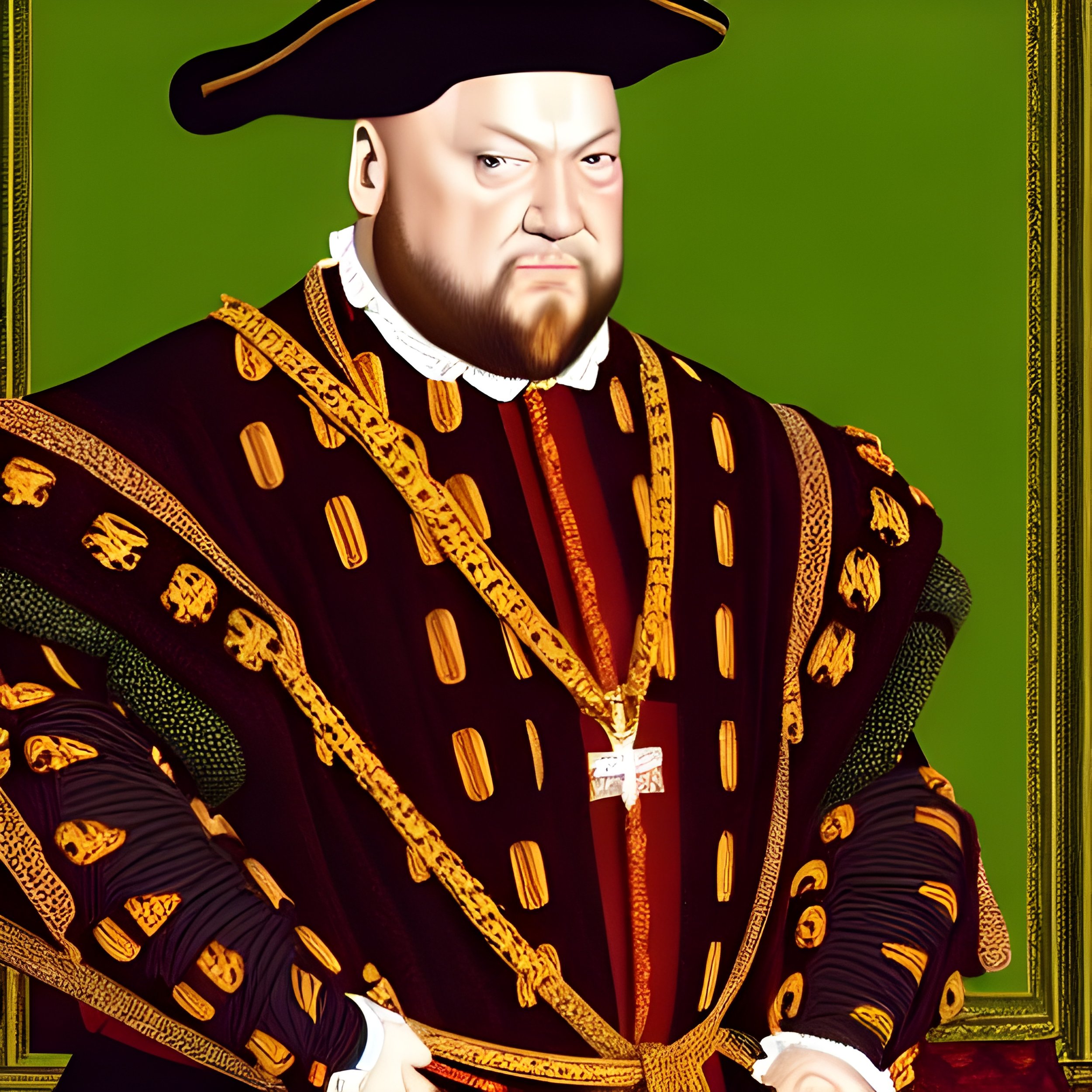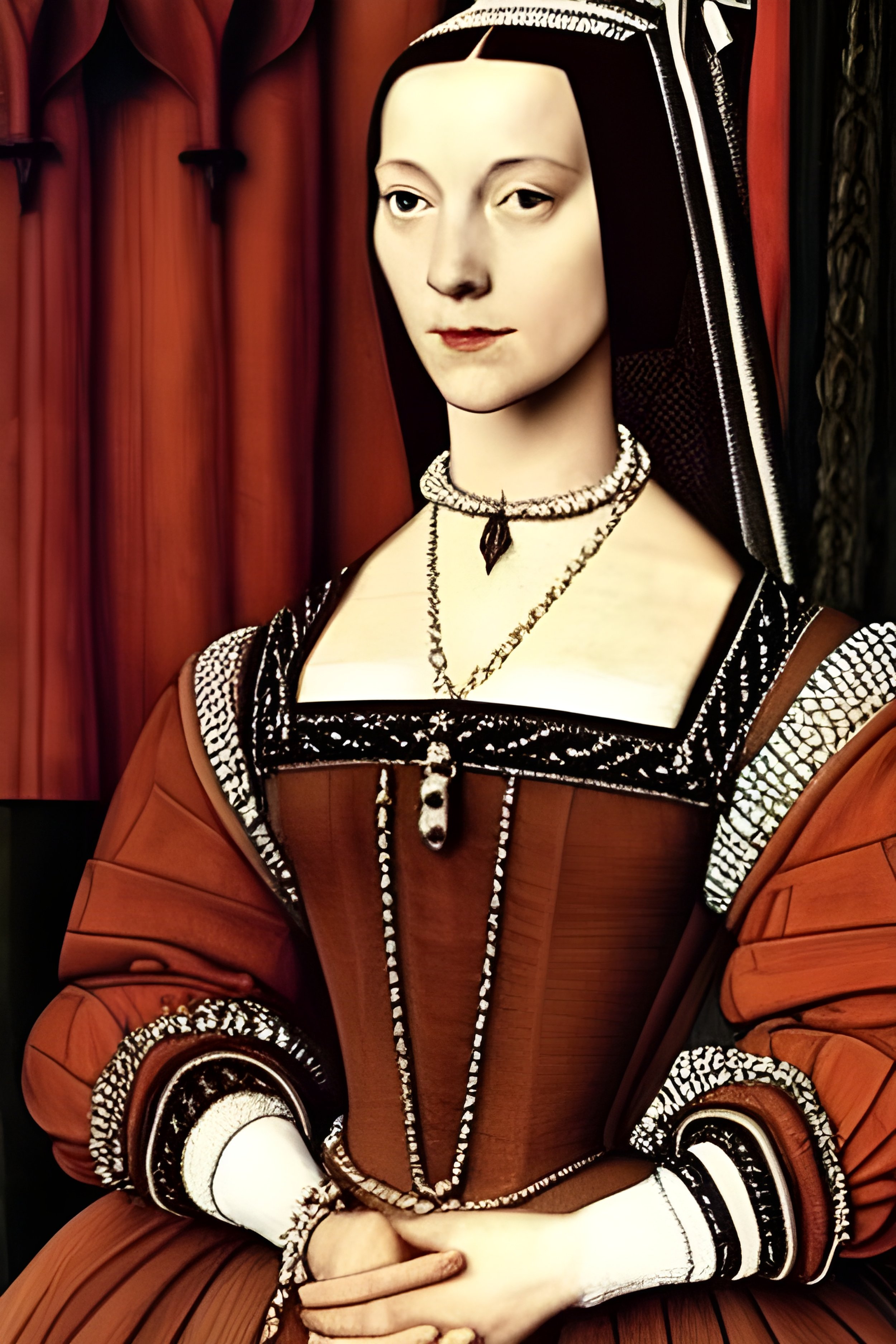CREATIVITY & ARTIFICIAL INTELLIGENCE
CREATIVITY, RESILIENCE AND EMPATHY COLLIDE IN RESEARCH AND ARTISTIC EXPERIMENTS, IN CONVERSATION WITH AND SUPPORTED BY AI.
BEYOND THE PROMPT
WHEN PHOTOSHOP WAS INVENTED AND DEVELOPED BACK IN THE DAY, MANY ARTISTS AND DESIGNERS FELT CHEATED OUT OF BUSINESS BECAUSE OF ‘A MACHINE’ - UNTIL THEY LEARNED TO MASTER THE PROGRAM, AND CREATED DESIGNS AND ARTWORK FOR TEHMSELVES, FOR CLIENTS, AND OTHER PURPOSES.
WHEN ARTIFICIAL INTELLIGENCE ROSE TO THE SURFACE, AND ALSO TOUCHED UPON ART AND ARTISTS, THE SAME RESISTANCE AROSE. This is what we currently experience in many aspects of creating art, and in conversations with artists and designers. However, today’s visionary and brave designers know that fear is a bad advisor. They dare to have creative conversations with algorithms, and create things that they admit that they could never have thought of all by themselves.
Willingly interdependent
GETTING WILLINGLY INTO AN INTERDEPENDENT RELATIONSHIP WITH AI SOMETIMES LEADS TO WONDERFUL, AND SOMETIMES HORRENDOUS RESULTS. The algorithm can’t create without you, and you can make the algorithm do something that’s wholly directed by you. As a designer, you always have the power of setting boundaries, deciding what you want to proceed with, and what you’re willing to share with the world. However, when creating with AI, this power gets a bit corrupted, and that’s also where the opportunities pop up. Releasing some of your directive powers in the creative process actually leads to surprising results. Co-creating with AI is a kind of shock therapy for control freaks. If you’re a micromanager or someone who in some sense thinks you always know best, you’ll be unpleasantly surprised. Because how smart you may be - or think you may be - you can’t create something in interdependence without letting go of some (or much) of your control. If you’re unwilling to do this, please go back to Photoshop, and go master the (wonderful) skill of image editing. If you’re willing to get over yourself, AI might just be a great adventure for you.
No, AI will not kill your job - unless you’re not really creative
Some artists, illustrators and visual creators feel threatened. Afraid that their jobs will become obsolete. Because Spotify (and other platforms) and creators already use AI to generate visual materials such as album covers, sales page visuals, advertisements, and much more. And now, the holy realm of ART seems to have been hijacked. Fearful thoughts such as “Will My Work Be Obsolete, And Therefore My Talent And Livelihood?” can creep in. But thoughts like these aren’t helpful, and aren’t really new either. Some artists and designers got anxiety about software and Instagram filters as well, in earlier days. Did Photoshop get creative minds to lose their livelihood? No. Did Instagram get creative minds to lose their livelihood? Au contraire.
ON THIS PAGE, I SHARE SOME OF MY OWN CREATION THAT I CREATED, IN CONVERSATION WITH AI. I consider this entanglement with AI as being sometimes uncomfortable, interesting, triggering, and it keeps me on my toes. Furthermore, creating pieces might trigger an emotional rollercoaster of some kind. Being less able (than a machine!) to paint a picture, or to reorganise pixels in a particular way, can trigger feelings of inadequacy, imposter syndrome, and other challenging mind bogglers. However, if we look beyond the ego, and move towards curiosity and truly having a conversation with something we don’t really know we could trust, it bolsters a feeling of adventure, courage, and joy. It sure beats defeatism or cynicism.
These artworks are my personal property, you can’t use them for your own aims without my consent. Click to see larger images.
Are you interested in one or more prints of one or more artworks, or would you like to publish one or more images on your website? Reach out to me. Are you a participant in one of the Brave Changemakers programs? You know what to do.
LANDCAPES REIMAGINED
CATHEDRALS
PEOPLE AND EMOTIONAL LITERACY
Can we identify emotions correctly, and can we collaborate with AI to visualise emotions? I explored my own perception of emotions, mine and others, and tried to emulate these in visuals generated with the help of artificial intelligence.
RESILIENCE AFTER ADVERSITY
THE POWER OF VULNERABILITY AND PROCESSING ADVERSITY
CREATING ART IN ENTANGLEMENT WITH AI
•
CREATING ART IN ENTANGLEMENT WITH AI •
CONFIDENCE
WOMEN WHO ARE NOT IMPRESSED IN THE SLIGHTEST BY WITH WHAT’S IN FRONT OF THEM
FRACTALS
TALENTS
SCIENCE FICTION
HISTORY HINTS: THE GOLDEN AGE
HISTORY HINTS: TUDOR HISTORY
Most of us have heard of the unforgettable and here and there cumbersome reign of King Henry VIII. The rhyme that decribes the fates of his six wives (“ Divorced, beheaded, died, divorced, beheaded, survived”) paints a mental picture that’s hard to forget. Since creating art with AI indeed is all about mental pictures and the ability to verbalise imagery, I decided to jump into that rabbit hole. The Tudors, as they might have looked like. This collection is in development.
Henry is tired of waiting: "Cometh h're and bringeth me mine own pheasant lunch!"
Our boy looking at us, from about 500 years in the past. Hi Henry!
Henry: “I am thy cyng and i am altogeth'r unimpress'd by thee, distemperate creature.”
King Henry VIII, on one of his brighter mood days
…and is now altogether annoyed. We understand, Henry! “What doest one has't to doth to has't und'rlings obeyeth thee?”
A hall at Hampton Court, as it might have looked.
Wild bunch at court.
Katherine Howard (wife #5)
“Anne Boleyn” (wife #2)
“Catherine Parr” (wife #6)
HISTORICAL FASHION
Queen Elizabeth I was known for many accomplishments. For instance, her impeccable skill of translating texts back and forth in several languages, without mistakes. Another one of her many talents was to reign, obviously. Queen Elizabeth I also participated in battles at se herself. Another one of her characteristics was that the wore innovative clothing. One of the groundbreaking designs she had her tailors integrated in one of her gowns, as you can see here on this spectacular portrait, was a pattern of sea animals - that is, the medieval perception of what sea creatures would look like. We now know that these images aren’t true to nature. However, the animals triggered the imagination. Based on QEI’s sea creatures gown (see the original here), I had a converstation with AI, and we came up with these sketches.
These pieces were created before Queen Elizabeth II passed away.


























